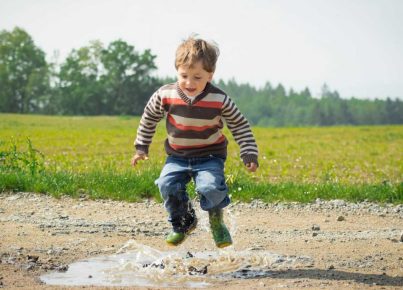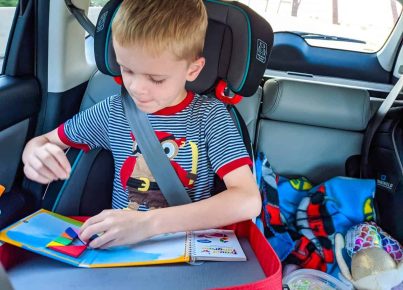Parallel play is one of many essential stages of play that introduce kids to social interaction. With parallel play, kids aren’t really playing with each other but rather next to each other. Kids may play with comparable toys but work independently and are not communicating with one another. This form of play is common between 2-3 year olds, but it can happen at any age.
Why is parallel play essential?
Your kid is too young for deep friendships and is trying to figure out the world we live in. Parallel play is a good start! While they aren’t directly interacting, kids are still learning social and observational skills. Kids are taking mental notes of what their friends are doing and can mimic their behavior. Moreover, kids can learn social conventions like taking turns and sharing. The parallel play stage is like a bridge that helps them grow their awareness, which should lead to additional complex activities and social maturity.
How can you promote parallel play?
Making a parallel play date is easier than you believe! Here are some pointers to make sure you get the most out of every play session:
Don’t force it
When you start, it’s essential to let your kid embrace their independence. When kids aren’t interested in play or have something else in mind, don’t force it! With parallel play, you want your kid to step out of their comfort zone but feel comfortable coming back if they wish.
Bring out all the goods
Make sure you have lots of toys and materials on hand for a parallel play session. Toys that encourage creative thinking are perfect for parallel play. It’s essential that every kid has access to the toys so no one feels left out. I recommend placing the toys in the middle of the room and place each kid near the pile and let them pick which toy strikes their interest.
It’s okay if they don’t interact!
While you watch kids parallel play, it’s easy to wonder why they aren’t playing together or even acknowledging the other kids. This is completely normal. Interactions should come with time as their social skills develop gradually.
Less is more than enough
When you’re introducing your kid to parallel play for the first time, it may bring them light stress. Viewing a wide range of toys with other kids may be a new sight for them. If you want to get the most out of this play, keep the number of adults and distractions to a minimum. Keep the duration of this play so kids will feel encouraged to try again the next day. This is a skill-building stage, and you must allow your kid to move at their own pace.
Take it to the next level, at the right time
If your kid has been parallel playing for a while, it’s appropriate to start encouraging direct interaction. Ask your kid to exchange a toy with another friend. You can start to explore additional cooperative forms of play if all goes as planned. If it does not, keep the parallel play strong – they’ll get there in their own time!
Play outdoors
Play does not have to take place inside all the time. The spring and summer months are a great time to take parallel play outside.




